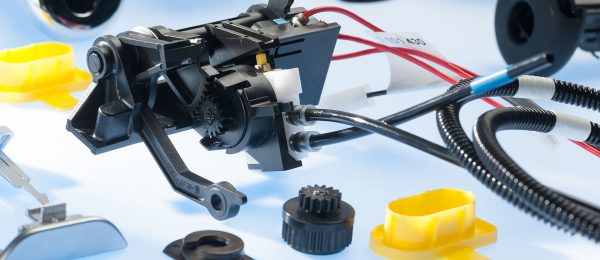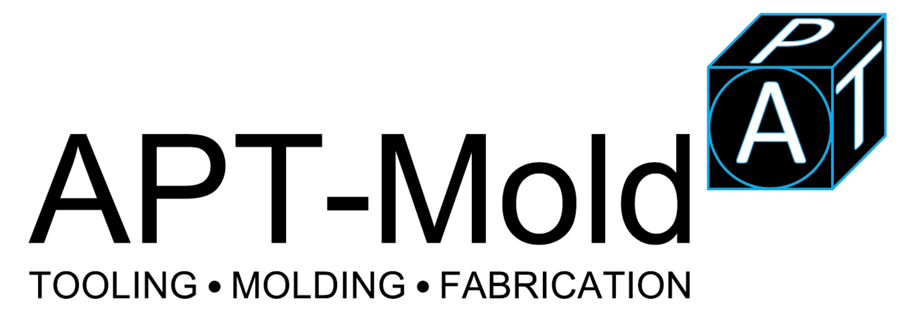When designing a finished product using plastic injection molding, the main goal is to make a technically accurate design that will function well and can be manufactured at a low cost. There are different steps involved to accomplish this goal. Read on these essential tips on how to improve the design for plastic injection molding.
Today’s plastic has many design properties that many have thought existed only in metals. High-performance plastic possesses durability more than some metals. With such strength, it is used in different applications from plumbing, aerospace, and medical replacing the metal parts to plastic.

plastic injection molding, *picture from schauenburg-industrietechnik.com
Picking the Right Tooling
Injection molding is synonymous with high volume production. When you need to produce parts in millions the molds are usually designed from steel. Creating the mold takes time and cost, but there are more advantages than steel tooling provides more than just high volumes. Steel tooling can accommodate more cavities, meaning more parts can be made per shot and can handle complicated geometries and different surface finishes.
There are many different ways to produce molds, and 3D printing is one of them. Although low in cost, the molds produce by 3D printing have rough finishes and needs a secondary process to smooth them out. In addition, it can only hold no more than 100 shots, and the mold will begin to deteriorate.
Aluminum tooling is the most common tooling that places itself between 3D printing and steel molds. Most aluminum molds cannot produce the same volume of steel, and it can only be suitable for between 10,000-50,000 shots or up to 100,000 shots. By optimizing the design of injection molding, the longevity of aluminum tool will be longer.
Selecting the Right Material
Another essential factor in designing for injection molding is the selection of material. To do this, determining the mechanical properties that will be critical for the parts. Questions about how much weight it needs to support, will it be used in high temperatures and transparency are some of the necessary information required. With all the data, the choices of the materials to be used will be narrowed down and help in the selection process.
Here are some of the conventional thermoplastics that are commonly used in plastic injection molding.
ABS (Acrylonitrile butadiene styrene) – it can work with many parts. It is also low cost but can sturdy and robust and will have glossy finishes. One popular toy, Lego, is made from ABS plastic component. One of the significant advantages of using ABS is it can be painted. However, its downside is it has weak chemical and UV resistance.
PP (Polypropylene) – it is one of the most affordable plastics and is used in everyday consumer products like patio furniture, food containers, and automobile interiors. It possesses excellent heat resistance, clarity, and stiffness.
Acrylic – is the plastic material for transparent parts like LED enclosure. Its exceptional quality is its ability to withstand long-term exposure to the sun.
Designing for Moldability
Injection molding has a set of requirements that needs to be fulfilled to have consistent and quality results. In creating the mold, features should be adjusted for the resin to flow well in the mold, letting it cool evenly and reducing the chances for defects like warp, flash, knit lines, and sink.
Here are the standard features in the injection molding design
Wall thickness – having a consistent wall thickness will help reduce the possibility of warping, sinking and helps the material to evenly cool. There is a rule in designing the walls; it should not be less than 40 to 60 thicker than its adjacent walls.
Rounded features – in designing the mold, avoiding sharp corners and edges can help the resin to flow through the cavity smoothly, add strength to the part and reduce stress. If it is inevitable to avoid sharp corners, choosing the right material is critical.
Draft – applying draft to vertical walls can increase its strength. It’s the angle used on the surfaces of the part that’s running parallel to the mold opening. The recommended draft is one degree per inch of the depth of the cavity. The draft is essential because it ensures that the part will cleanly eject from the injection mold.
Selecting the Right Manufacturing Partner
To determine the ideal partner to manufacture the designed part, the type of tooling that it needs is important. Other than the price, there are many factors to consider in selecting the injection molding manufacturer, including the lead time, the minimum quantity required, and the cost of tooling and parts.
The level of experience of the manufacturer is also vital because plastic injection molding is a complicated process. And many manufacturing aspects need to be considered like machining capabilities, quality controls, material handling, and many more.
